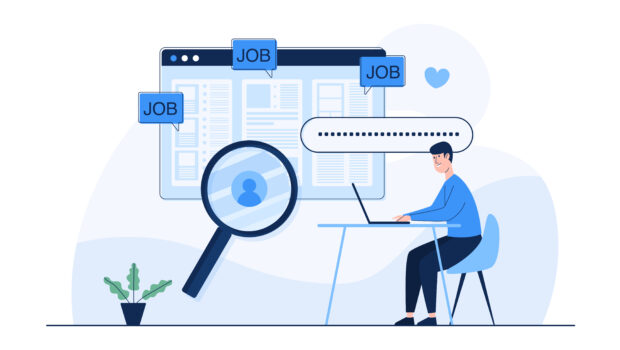Jobs-to-Be-Done Theory: How to Apply It in Real Life
When it comes to product development, there are countless theories and frameworks out there to help guide your team. But with so many options, it can be tough to decide which will work best for your business. The jobs-to-be-done theory is a great option if you’re looking for a framework that’s both effective and easy to implement.
In this blog post, we’ll give you a brief overview of the jobs-to-be-done theory and how you can apply it in your business. We’ll also provide some examples of real companies that have used this approach to create successful products.
What Is the Jobs-to-Be-Done Theory?
The jobs-to-be-done theory is a framework that helps businesses understand what motivates their customers. It’s based on the idea that people don’t just buy products–they hire them to do a specific job.
For example, someone might buy a power drill because they need to make a hole in their wall. But what they’re really hiring the drill to do is save them time and effort.
The jobs-to-be-done theory can be used in any industry to help businesses create products that better meet the needs of their customers. And it’s not just limited to physical products–it can also be used to develop services, digital products, and more.
How to Apply the Jobs-to-Be-Done Theory
There are a few key steps you can take to apply the jobs-to-be-done theory in your business:
- Identify the jobs your customers are hiring your products or services to do. This step is all about understanding your customer’s motivation. If you sell power drills, your customers might hire them to save time, money, or effort.
- Understand the circumstances surrounding the job. This step is about understanding the situation in which your customers will use your product or service. If someone is hiring a power drill to make a hole in their wall, they’ll likely be doing it at home and will need an easy-to-use tool.
- Identify the current solutions your customers are using. This step is about understanding how your customers are currently solving the problem. For example, if someone needs to make a hole in their wall, they might currently use a hammer and screwdriver.
- Determine what’s preventing your customers from using the current solutions. This step is about understanding the pain points that your customers experience with the current solutions. A customer might find using a hammer and screwdriver time-consuming and frustrating.
- Develop a solution that meets your customer’s needs. This step is about creating a product or service that solves the problem better than the current solutions. You might develop a power drill that is easy to use and saves time.
Jobs-to-Be-Done In Real-Life
The jobs-to-be-done theory has been used by some of the world’s most successful companies. Here are a few examples:
Airbnb
When Airbnb first launched, its founders clearly understood the job their customers were hiring them to do. They knew that people were looking for an affordable and convenient way to travel. And they knew that the current solutions–hotels and hostels–were often expensive, inconvenient, or unreliable.
So, they made the process easier with their mobile app. Airbnb is an online marketplace that connects people who need a place to stay with people who have space to rent. It’s affordable, convenient, and available in almost every city in the world.
Uber
Like Airbnb, Uber was founded on the principle of jobs-to-be-done. The founders knew that people were looking for a safe, convenient, and affordable way to get around town. And they knew that the current solutions–taxis and public transportation–were often unreliable or unsafe.
So, they developed a solution that met their customer’s needs. Uber is a ridesharing service that connects people who need a ride with drivers who are willing to give them one. It’s safe, convenient, and affordable–and it’s available in hundreds of cities around the world.
Spotify
Spotify came at a time when people still paid for music by buying CDs or downloading MP3s. The founders of Spotify knew that people wanted a better way to listen to music. They knew that the current solutions were inconvenient–you had to buy CDs or download songs one at a time–and they were also expensive.
So, they developed a solution that allowed listeners access to millions of songs for one monthly fee. Spotify is a streaming service that gives users access to millions of songs. It’s convenient–you can listen to any song you want at any time–and it’s affordable, with a variety of subscription options.
Final Thoughts on the Jobs-to-Be-Done Theory
The jobs-to-be-done theory is a powerful tool that can be used to improve your product or service. By understanding the jobs your customers are hiring you to do, you can develop a solution that meets their needs and solves their problems. And by applying the jobs-to-be-done theory, you can make your product or service more successful.
For more information about the jobs-to-be-done theory, click here: strategyn.com/jobs-to-be-done/
Cover Image by Freepik
















